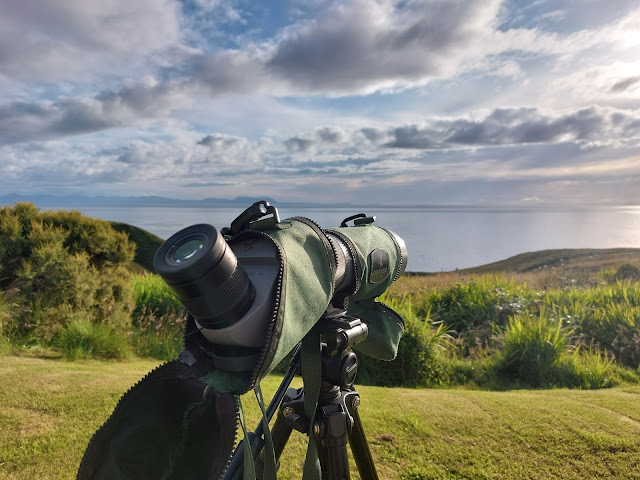I was excited and intrigued to get news yesterday of at least two Norfolk
hawkers at Amberswood LNR, Platt Bridge. Excited because this is a rare
species in the UK which historically is known from just a few sites in East
Anglia and it's a species that I had never seen previously. But what's it
doing in Greater Manchester? Surely the dragonfly is called Norfolk hawker for a
reason?
I suppose that on occasion given the right climatic conditions a few
individuals might reach the UK from the continent and at such times they could
appear anywhere, though surely the south and east coast would be most
likely, or at least somewhere on the coast, not 30km inland in North West England.
Many species of odonata have spread north in the UK in recent years due to
climate change and there have been several additions to the UK list. The presence of Norfolk hawker at Amberswood may just be another
example of this, and if so we may need to adopt it's other name, green-eyed
hawker.
The reason for my intrigue was that one was reported here last year
as well, in fact I came looking for it but didn't see it. Amazingly there was also a sighting from the year before that as well, making
this the third consecutive year that Norfolk hawker has been seen at this
site. Surely this can't all be coincidence, surely they can't all be vagrants
that just happened to turn up at Amberswood for three consecutive years? Perhaps the most likely scenario
is that the species might actually be breeding here following a previous
influx?
However, this is where it gets a bit complicated. The UK population of Norfolk hawker is almost completely tied to the aquatic plant water-soldier Stratiotes aloides which is crucial to egg laying (British Dragonfly Society). To the best of my knowledge there is no water-soldier at Amberswood, and
in fact as a native species it's a rare plant which is on the Vascular
Plant Red Data List, and is largely confined to central and eastern
England. It does however occur as a more widespread garden escape in places (The Wildlife Trusts), though I must say that I don't recall seeing it anywhere in North West England, let alone Amberswood. So if these dragonflies originated from the UK population then in all likelihood they would not be able to breed because of the lack of water-soldier.
Strangely though, European populations of green-eyed/Norfolk hawker are not so tied to this plant, so if Europe is the source of these dragonflies, which it most probably is, then in theory the absence of water-soldier may not be an issue. However, what is not clear to me is why the UK and European populations differ in this way. Perhaps there are other aquatic plants in Europe which the dragonfly can use, but these plants might be absent from the UK leaving them with just water-soldier.
An interesting thought is that in places where water-soldier does occur as a garden escape,
it can become the dominant species and a nuisance and as such is often removed as a conservation
measure. However, Norfolk hawker is a legally protected species and if breeding is suspected at a site
such as Amberswood then in order to remove water-soldier a license would be required, because removal of the plant could negatively impact the dragonfly.
So Norfolk hawker appears to need more than just climate change in order to
spread, it seems that it may also need the presence of a garden escape to help
it and also the understanding of conservation managers.















































